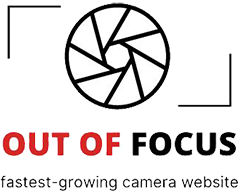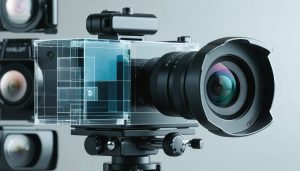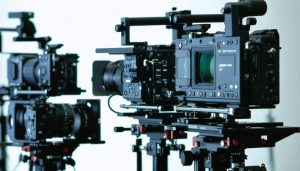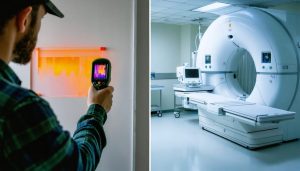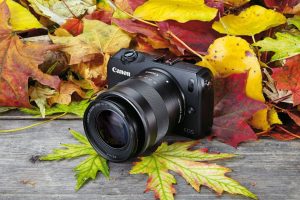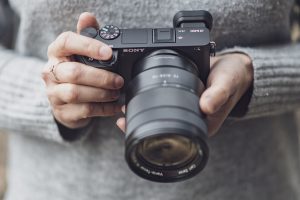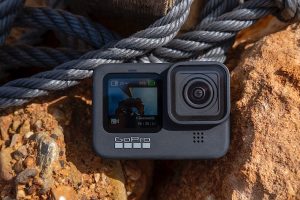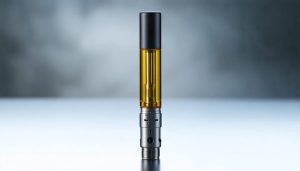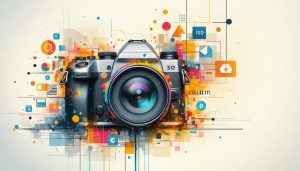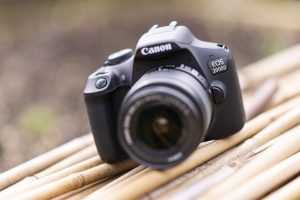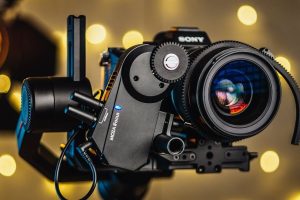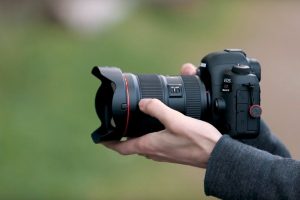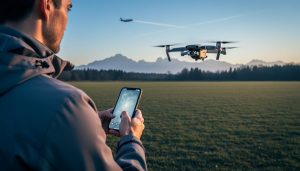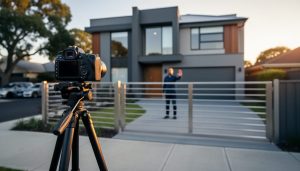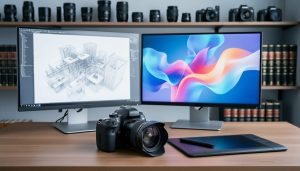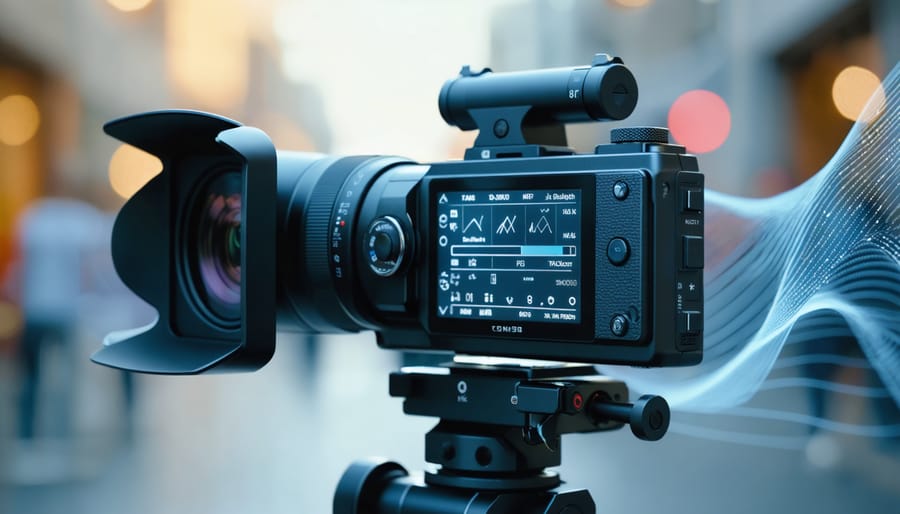
Modern video cameras have revolutionized content creation, transforming from simple recording devices into sophisticated multimedia powerhouses. Since the remarkable evolution of video cameras, today’s devices pack professional-grade features into increasingly compact forms. With 8K resolution capabilities, advanced image stabilization, and artificial intelligence-driven autofocus systems, contemporary video cameras empower creators to capture cinematic footage that was once possible only with expensive professional equipment.
The integration of wireless connectivity, touch-screen interfaces, and computational photography has fundamentally changed how we approach video production. Modern cameras now offer real-time streaming capabilities, in-camera editing features, and sophisticated color science that delivers stunning results straight out of camera. Whether you’re a content creator, filmmaker, or photography enthusiast, understanding these technological advances is crucial for leveraging the full potential of modern video equipment.
This convergence of professional features with user-friendly interfaces has democratized high-quality video production, making it accessible to creators at every skill level. From compact mirrorless cameras to professional cinema rigs, today’s video cameras represent the perfect blend of innovation, functionality, and creative freedom.
Revolutionary Video Features That Define Modern Cameras
8K Recording and Beyond
The evolution of video recording has reached new heights with 8K resolution, offering a staggering 33.2 megapixels per frame. While 4K recording has become mainstream, camera manufacturers are pushing boundaries with high-resolution sensor technology that captures incredible detail and clarity.
8K recording isn’t just about higher resolution – it offers practical advantages for content creators. The extra resolution provides more flexibility in post-production, allowing for cropping and reframing without quality loss. Documentarians and wildlife photographers particularly benefit from this capability, as they can extract perfect 4K footage from a wider 8K shot.
However, working with 8K comes with considerations. The massive file sizes demand robust storage solutions and powerful editing computers. A single hour of raw 8K footage can easily consume several terabytes of storage. Additionally, the processing power required for smooth playback and editing means investing in high-end workstations.
Looking beyond 8K, manufacturers are already experimenting with 12K sensors, though practical applications remain limited. For most creators, 8K serves as a future-proofing option, ensuring their footage remains relevant as display technology advances. Whether you’re shooting commercial projects, documentaries, or personal content, understanding these capabilities helps make informed decisions about when to leverage such high resolutions.
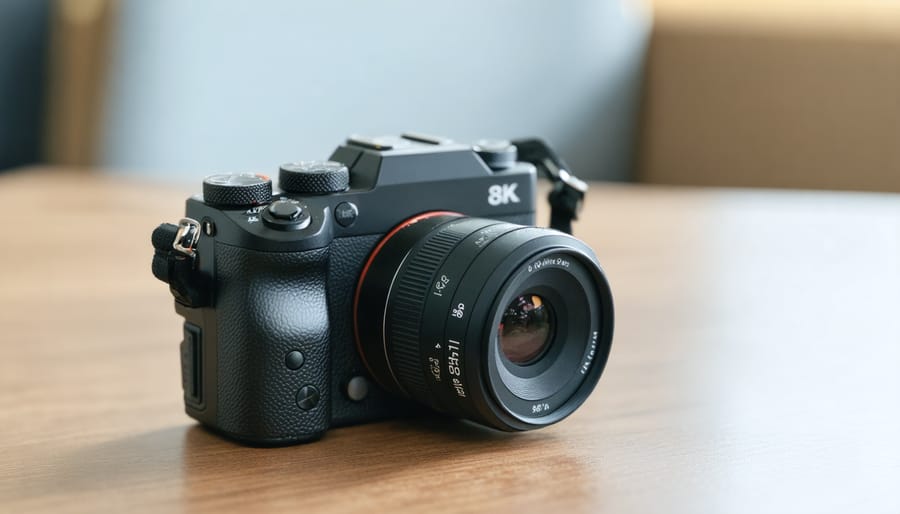
Advanced Autofocus Systems
Modern video cameras have revolutionized autofocus capabilities, making it easier than ever to capture sharp, professional-looking footage. The latest AF systems employ sophisticated phase-detection technology, often featuring hundreds of focus points spread across the sensor, ensuring subjects remain crisp regardless of their position in the frame.
One of the most significant advances is eye-tracking autofocus, which can now maintain focus on a subject’s eyes even as they move throughout the scene. This technology is particularly valuable for documentary filmmakers and vloggers who need to maintain sharp focus on their subjects while working solo.
Many current systems also offer customizable focus transition speeds, allowing cinematographers to achieve those smooth, cinematic focus pulls that were once the exclusive domain of skilled manual focus pullers. You can now set how quickly the camera shifts focus between subjects, creating either dramatic rapid transitions or subtle, gradual changes.
Touch-tracking AF has become another game-changer, enabling operators to simply tap on their subject on the LCD screen to initiate and maintain focus. Combined with AI-powered subject recognition, these systems can now identify and track multiple subjects simultaneously, even in challenging lighting conditions or when subjects are partially obscured.
However, it’s worth noting that while these advanced AF systems are incredibly capable, they still benefit from operator understanding and proper setup for optimal performance. Different shooting scenarios may require different AF settings to achieve the desired results.
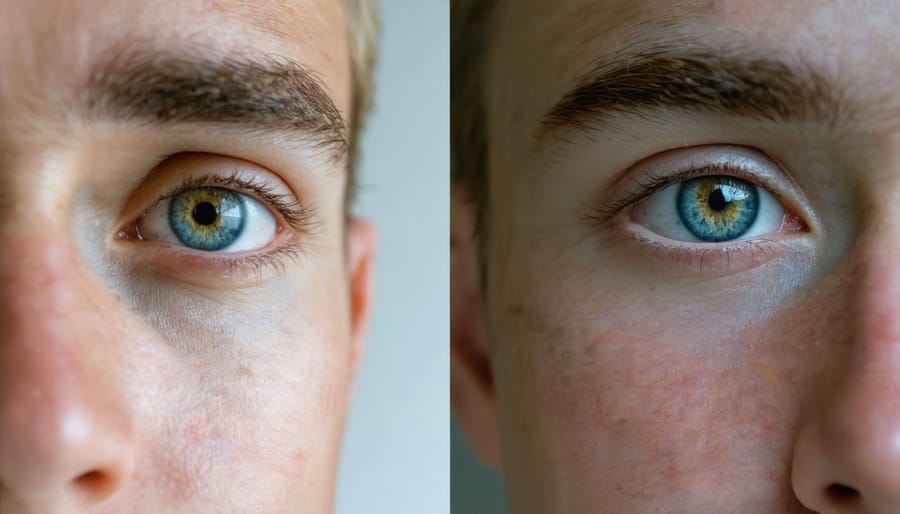
Professional Features in Consumer Cameras
Raw Video Recording
Raw video recording represents a game-changing feature in modern video cameras, offering unprecedented control over your footage in post-production. Similar to RAW photography, raw video captures unprocessed sensor data, preserving maximum detail, dynamic range, and color information.
When shooting in raw, your camera records every bit of information the sensor captures, without applying in-camera processing or compression. This means you get greater flexibility in adjusting exposure, white balance, and color grading during editing. For instance, if you’ve slightly overexposed a shot, raw footage often allows you to recover details that would be permanently lost in compressed formats.
Most professional-grade cameras offer various raw formats, with common options including BlackMagic RAW, ProRes RAW, and RED RAW. Each format has its own characteristics, but they all share the fundamental benefit of maintaining high image quality and editing flexibility.
However, raw recording comes with practical considerations. The files are significantly larger than compressed formats, often requiring specialized storage solutions. A single minute of 4K raw footage can easily consume several gigabytes of storage space. Additionally, raw files require more processing power to work with, and you’ll need specialized software for editing.
For professional videographers and serious enthusiasts, the benefits usually outweigh these challenges. Raw recording is particularly valuable in high-end productions, documentary work, and situations where maximum image quality and creative control are essential. It’s especially useful in challenging lighting conditions or when extensive color grading is planned for the final output.
High Frame Rate Options
Modern video cameras have revolutionized the way we capture motion with their impressive high-speed video capabilities. Most current models offer frame rates ranging from 60fps to an astounding 1000fps, opening up creative possibilities that were once reserved for specialized equipment.
At 60fps, you’ll capture smooth, fluid motion that’s perfect for sports and action sequences. Step up to 120fps, and you’re entering the realm of subtle slow-motion effects that can add drama to wedding videos or bring detail to wildlife documentation. For those seeking more dramatic effects, many cameras now offer 240fps, which creates beautifully smooth slow-motion footage while maintaining impressive image quality.
The real magic happens at higher frame rates like 480fps and beyond. Imagine capturing a hummingbird’s wings in precise detail or analyzing an athlete’s technique frame by frame. These extreme slow-motion options are particularly valuable for technical analysis, scientific documentation, and artistic expression.
However, it’s important to note that higher frame rates usually come with trade-offs. As you increase the frames per second, you’ll typically see a decrease in resolution and may need significantly more light to maintain proper exposure. Many cameras will crop the sensor or reduce bit depth at their highest frame rates.
For most projects, shooting at 60-120fps provides the sweet spot between creative slow-motion effects and maintaining optimal image quality. Remember to consider your project’s needs, available light, and final output requirements when choosing your frame rate. Whether you’re filming a wedding’s first dance or capturing the perfect sports highlight, modern cameras offer the flexibility to match your creative vision.
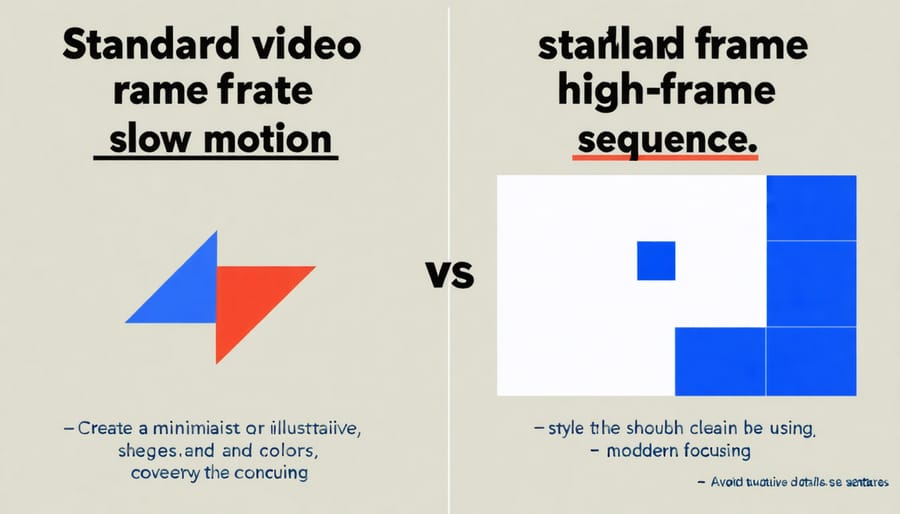
Real-World Performance and Limitations
Heat Management and Recording Limits
Modern video cameras face a significant challenge when it comes to heat management, particularly during extended recording sessions. As camera sensor capabilities continue to advance, offering higher resolutions and frame rates, the amount of heat generated during operation increases substantially.
Most contemporary cameras implement automatic shutdown features when internal temperatures reach critical levels. While this can be frustrating for creators, it’s essential for protecting the camera’s delicate electronics. Typically, you’ll encounter recording limits of 20-30 minutes in 4K modes, though this varies significantly between models and shooting conditions.
To maximize recording times, experienced videographers employ several practical strategies. Using external recorders can bypass internal recording limits while reducing heat buildup. Some photographers also utilize small USB-powered fans or position their cameras in shaded areas during outdoor shoots. Additionally, keeping multiple batteries on hand allows the camera to cool between swaps.
Manufacturers are actively addressing these challenges through innovative solutions. Recent models feature improved heat dissipation designs, including better ventilation systems and heat sinks. Some high-end cameras now incorporate active cooling mechanisms, though this often comes with increased size and weight. When choosing a camera for long-form video content, it’s crucial to consider these thermal limitations and plan your shooting strategy accordingly.
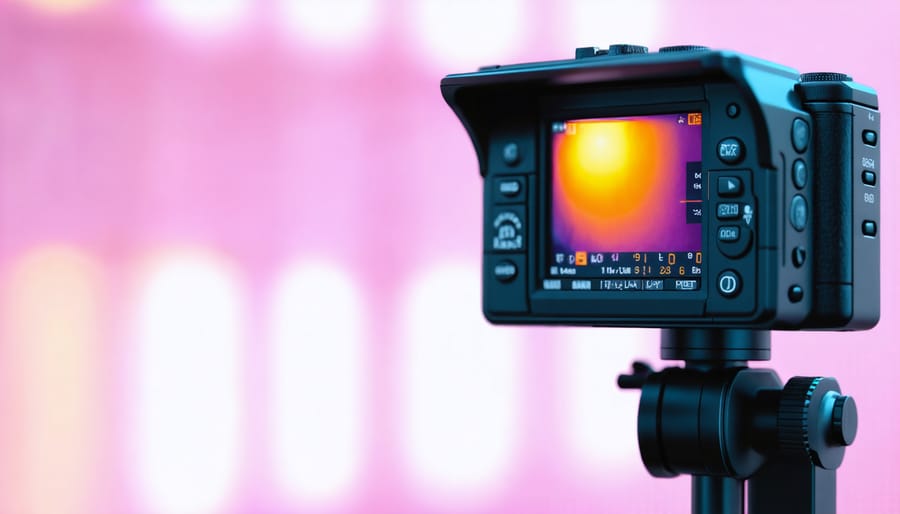
Storage and Battery Requirements
Modern video cameras demand careful consideration of storage and battery solutions to ensure uninterrupted shooting. Professional-grade cameras typically record at bitrates between 100-400 Mbps, meaning a single hour of 4K footage can consume anywhere from 45GB to 180GB of storage space. This makes high-speed, high-capacity memory cards essential for serious videography.
Most contemporary cameras accept either CFexpress or SD cards, with CFexpress Type B cards offering speeds up to 2000MB/s – crucial for high-bitrate recording and slow-motion footage. For reliable recording, always opt for V60 or V90-rated cards that guarantee minimum write speeds of 60MB/s and 90MB/s respectively.
Battery life varies significantly based on recording resolution, screen brightness, and additional features like image stabilization. Most professional cameras include high-capacity batteries rated between 2000-3000mAh, providing roughly 2-3 hours of continuous recording. However, real-world usage often requires 2-3 batteries for a full day of shooting.
Smart power management has become increasingly important, with many cameras now offering USB-C charging and the ability to record while connected to external power banks. For extended shoots, consider investing in a battery grip or external power solution. Additionally, keeping spare memory cards and organizing a reliable backup system ensures you never miss crucial shots due to storage limitations.
Future-Proofing Your Investment
When investing in a modern video camera, thinking ahead is crucial for maximizing your return on investment. While it’s tempting to focus on current specs and features, certain elements contribute more significantly to a camera’s longevity and future utility.
Resolution capabilities remain a primary consideration, but don’t feel pressured to chase the highest numbers. A camera that shoots solid 4K footage will likely serve you well for years to come, as 8K adoption is still in its early stages. More important is the camera’s ability to output clean, high-quality footage at whatever resolution you choose.
Codec support is perhaps the most critical future-proofing feature. Cameras that offer multiple codec options, especially those supporting efficient modern codecs like H.265/HEVC and ProRes, provide flexibility for both current and future workflows. Look for models with firmware-upgradeable codec support, as this can extend your camera’s relevance when new standards emerge.
Connection ports deserve careful attention. While specific port types may change, cameras with multiple connection options tend to maintain their utility longer. USB-C, full-size HDMI, and multiple audio inputs are particularly valuable. Additionally, consider whether the camera supports external recording, as this can effectively upgrade your recording capabilities without replacing the entire system.
Storage media compatibility is another key factor. Cameras that support multiple card formats or newer standards like CFexpress offer more upgrade paths. However, be wary of proprietary storage solutions that might become obsolete or expensive to maintain long-term.
The camera’s cooling system significantly impacts longevity, especially for extended recording sessions. Active cooling systems generally offer better reliability and performance sustainability compared to passive solutions, potentially extending both recording times and the camera’s overall lifespan.
Software ecosystem support is often overlooked but crucial. Manufacturers with a strong track record of firmware updates and ongoing support typically offer better long-term value. Research their history of providing feature updates and bug fixes to existing models.
Finally, consider the lens mount system. Cameras with adaptable mounts or those using widely-supported standards give you more flexibility in lens choices and future upgrades. This can be particularly valuable as your needs evolve or when transitioning between different camera systems.
Remember, future-proofing isn’t just about choosing the most advanced features available today – it’s about selecting a camera with the flexibility and foundational capabilities to grow with your needs over time.
As we’ve explored throughout this article, modern video cameras have evolved into sophisticated tools that combine cutting-edge technology with user-friendly features. From improved sensor technology and advanced autofocus systems to enhanced stabilization and connectivity options, today’s cameras offer unprecedented creative possibilities for content creators at all levels.
When choosing a modern video camera, consider your specific needs and shooting scenarios. For beginners, mirrorless cameras with good auto modes and built-in stabilization provide an excellent entry point. Professional users should prioritize features like robust codec options, multiple memory card slots, and advanced monitoring tools.
Key takeaways to remember include the importance of matching your camera’s capabilities to your workflow, understanding the trade-offs between different recording formats, and investing in a system that can grow with your skills. Don’t forget that accessories like external monitors, gimbals, and quality audio equipment can significantly enhance your camera’s capabilities.
Looking ahead, we can expect continued innovations in areas like AI-assisted focusing, computational photography, and wireless streaming capabilities. However, remember that even the most advanced camera is only as good as the person operating it. Focus on developing your technical skills and creative vision alongside your gear investments.
For best results, we recommend starting with a camera that offers a good balance of features within your budget, then gradually expanding your kit as your needs evolve. Whether you’re shooting documentaries, vlogs, or commercial content, today’s video cameras provide the tools needed to bring your creative vision to life.
Keep practicing, stay curious about new technologies, and most importantly, enjoy the creative journey that modern video cameras enable.
